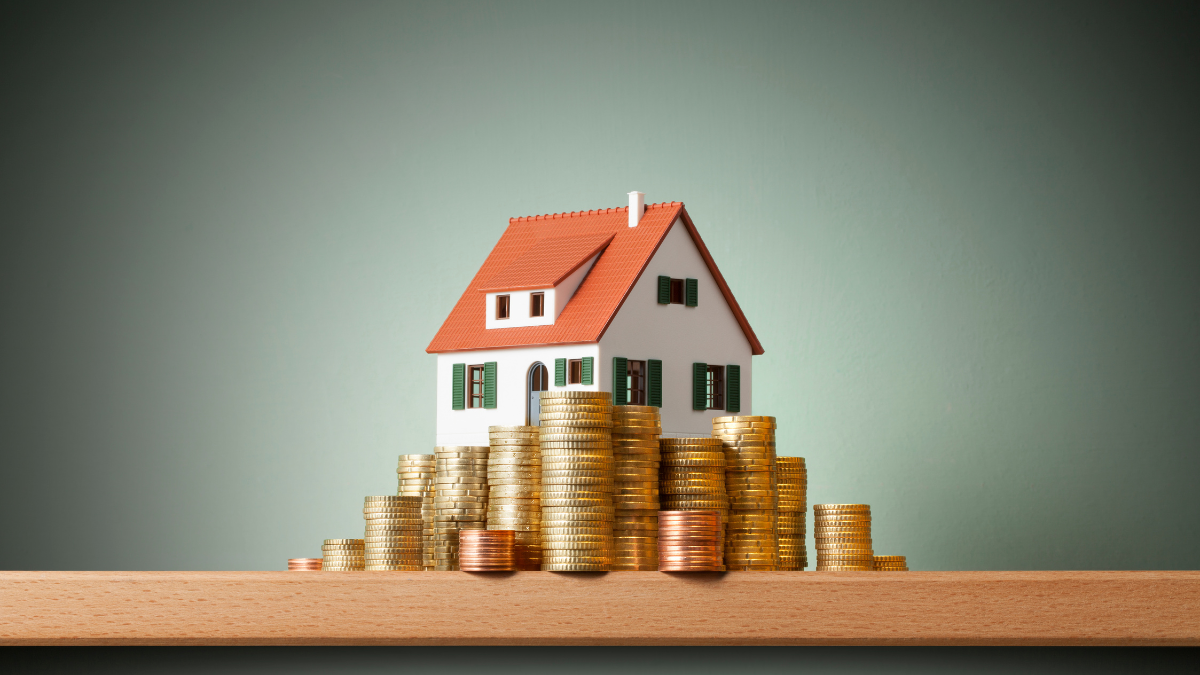
What are the Key Factors Affecting Home Loan Rates?
June 29, 2023 . Home loans . 10 min readBuying a home is a significant step, both in terms of finances and personal fulfillment. Many people aspire to own a house, recognizing it as a major financial commitment. However, turning this dream into reality necessitates having enough funds. Unless you have the means to make a cash purchase, securing a home loan becomes crucial, and that means contending with interest rates. The home loan rates imposed can greatly influence the overall cost of your mortgage, where even a slight percentage adjustment can have a substantial impact on your monthly payments and the overall repayment structure.
Let’s explore the primary factors that can influence home loan rates.
1. Credit Score
A credit score reflects an individual’s repayment history and financial habits, providing valuable insight to financial institutions regarding their creditworthiness. Lenders utilize this information to assess the risk associated with lending and to determine the appropriate interest rate for the loan. Having a poor credit score can lead to higher home loan rates or even difficulties in obtaining loan approval. It is crucial to assess your credit score before applying for a home loan. By checking your credit score in advance, you can better understand your financial standing and take necessary steps to improve it if needed.
2. Loan Amount
The loan amount itself can have a significant impact on the home loan rates offered. When borrowing larger loan amounts, lenders face a higher risk due to the greater sum of money involved. As a result, there is a higher likelihood that lenders may impose a higher interest rate to mitigate this risk. By accurately determining the required loan amount, individuals can make informed decisions and ensure they borrow an amount that aligns with their specific needs, potentially helping them secure more favorable interest rates.
3. Loan Tenure
The duration of the loan term is indeed a significant factor to consider. Borrowers opting for shorter loan terms may have the opportunity to secure lower home loan rates, as lenders consider these loans less risky due to the shorter lending period. However, it is important for borrowers to carefully evaluate whether they can comfortably manage the higher monthly payments associated with a shorter term. Despite the potentially higher monthly payments, opting for a shorter loan term can result in long-term savings by reducing the overall interest paid on the loan.
4. Loan Type
When evaluating home loan options, the type of loan is indeed a crucial factor to consider. The interest rate structures and associated risks of fixed-rate mortgages and adjustable-rate mortgages are distinct from each other. Initially, adjustable-rate mortgages may present borrowers with lower rates for their home loans. However, it’s important to note that these rates can fluctuate over time, potentially resulting in higher home loan rates compared to fixed-rate mortgages in the long run. It becomes essential to carefully weigh the pros and cons of each loan type before making a decision.
Evaluating factors such as financial stability, future interest rate projections, and personal preferences can help borrowers select the loan type that best suits their individual financial situation. By making a well-informed choice, borrowers can ensure that their chosen loan type aligns with their long-term goals and financial capabilities.
5. Down Payment
The size of the down payment is another crucial factor in determining home loan rates. A larger down payment results in a reduced loan amount, which is perceived by lenders as a lower risk. Consequently, lenders are more inclined to offer better interest rates to borrowers who present less risk. Therefore, making a larger down payment can significantly increase the likelihood of securing a favorable interest rate on the loan. By demonstrating financial stability through a substantial down payment, borrowers can potentially benefit from more advantageous lending terms.
6. Location
The area where the property is situated affects the interest rates you’ll receive. Houses in well-equipped and well-connected neighborhoods tend to have higher resale value. On the other hand, homes in less desirable areas may be cheaper initially but have lower resale value. Similarly, newer properties are generally more valuable, whereas older ones have lower resale value. Lenders perceive high-resale-value homes as profitable assets and therefore offer lower interest rates. Conversely, homes with lower resale value attract higher interest rates.
7. Multiple Lenders
In areas where multiple lenders are present, borrowers have the advantage of experiencing lower home loan rates. The presence of multiple lenders creates a competitive environment, where lenders strive to attract borrowers by offering more favorable terms and competitive interest rates. This competition provides borrowers with the opportunity to compare rates and negotiate better terms. As a result, borrowers may secure lower interest rates for their loans, ultimately saving them money over the course of their loan repayment.
8. Job Profile
The borrower’s job profile is considered a critical factor when it comes to securing favorable home loan rates. Individuals with a reliable source of income are regarded as low-risk borrowers, whereas those with an unstable income source are seen as high-risk borrowers. Therefore, individuals who have reliable incomes, such as salaried professionals, government employees, and those working for reputable private companies, qualify for reduced interest rates. Self-employed individuals, specifically doctors and chartered accountants, are seen as less risky borrowers.
9. MCLR Rates
MCLR, short for Marginal Cost of Funds based Lending Rate, represents the minimum interest rate established by banks, considering elements such as cost of funds, operating expenses, and profit margin. When the MCLR changes, the interest rates on loans linked to it also change, causing the EMI amount to increase or decrease accordingly. In general, when the MCLR is lower, borrowers can expect reduced interest rates and EMIs, whereas a higher MCLR corresponds to increased interest rates and EMIs.
10. Market Conditions
Home loan rates can also be influenced by market conditions, including factors such as inflation, economic growth, and government policies. When inflation rises, it often leads to higher interest rates. Conversely, during periods of strong economic growth, lenders may be more willing to lend money, resulting in lower interest rates. It is important to consider not only the short-term benefits but also the long-term implications of taking a home loan. Making an informed decision about home loan rates can help reduce monthly EMIs and ultimately help individuals achieve their goal of owning their dream home.
Conclusion
Home loan rates are determined by multiple factors, such as credit scores, loan amounts, down payments, loan terms, and the chosen loan type. Moreover, external market conditions like inflation, economic growth, and government policies also affect these rates. By carefully considering these factors, borrowers can make informed decisions that align with their financial goals and help them achieve their dream of homeownership. It is crucial to assess the long-term impact of interest rates and make choices that optimize affordability and ensure financial stability throughout the loan duration.



